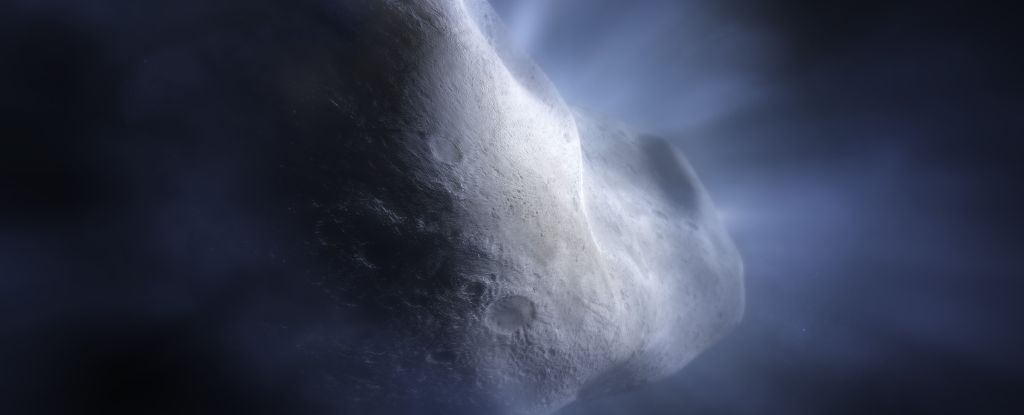The Solar System is abundant in water, with planets and moons loaded with it, and comets from the far reaches carrying it. However, while water ice has been detected in the asteroid belt, its vapor has been strangely missing until now. But thanks to the James Webb Space Telescope (JWST), scientists can now confirm that water is in the asteroid belt. The water is ejected by one of the rare comets in the Main Belt, an object known as Comet 238P/Read, revealing that water from the time of the Solar System’s formation has been preserved there.
Impact on Scientific Community
This discovery has significant implications for the scientific community as it confirms that asteroid belt objects could have helped deliver water to Earth while the Solar System was still young. It also confirms that Main Belt comets have enough ice for the outgassing that results when that ice sublimates under the Sun’s warmth. Previously, only dust, not vapor outgassing, had been detected emanating from Main Belt comets.
The confirmation of water outgassing in at least one Main Belt comet also confirms that learning about the origin of Earth’s water from Main Belt comets is a viable possibility. This is a significant breakthrough as objects from the main asteroid belt have been proposed as a potential source of Earth’s water in the early Solar System.
Most of the objects in the asteroid belt are asteroids, which are relatively inert chunks of rock that just hang out in space. Comets, by contrast, are defined by their activity, which is also largely affected by their icy, dusty compositions. They usually swing around the Sun on large, elliptical orbits that carry them from the outer Solar System. The ice inside them sublimates as they get close to the Sun (called a perihelion), creating a dusty, gassy atmosphere and long tails that stream away from the Sun.
Although Comet Read’s orbit is entirely within the asteroid belt, that’s still a relatively broad swath of the Solar System to move around, and the object still has a perihelion. During this part of its orbit, a team led by astronomer Michael Kelley of the University of Maryland used JWST to study it closely for signs of outgassing.
Using the telescope’s near-infrared spectrograph, the researchers captured and analyzed the spectrum of light from the fuzzy haze that appeared around the comet during perihelion. They discovered that the peaks in the spectrum revealed not just outgassing but the outgassing of water. This is the first direct evidence of sublimation in the form of water outgassing – or outgassing of any kind – from a Main Belt comet following studies dating back to 2008 to detect outgassing in Main Belt comets using some of the biggest ground-based telescopes in the world.
Oddly, the researchers could detect no carbon dioxide wafting off Comet Read, which is a stark and puzzling contrast to other comets in the Solar System, in which carbon dioxide typically forms around 10 to 20 percent of their volatile substances. This compositional anomaly has two potential explanations, given that carbon dioxide ice sublimes more easily than water ice. One explanation is that the comet did have carbon dioxide but lost it all while retaining some water ice. Another is that the place in the Solar System where Comet Read formed was too warm for carbon dioxide, so it just never had any to begin with.
Future work may be required to explore the likelihood of these possibilities. But the answers delivered by Comet Read have also given astronomers a lot to mull over. The confirmation of water outgassing in at least one Main Belt comet confirms that learning about the origin of Earth’s water from Main Belt comets is a viable possibility. This is a significant breakthrough as objects from the main asteroid belt have been proposed as a potential source of Earth’s water in the early Solar System.



Leave a Reply